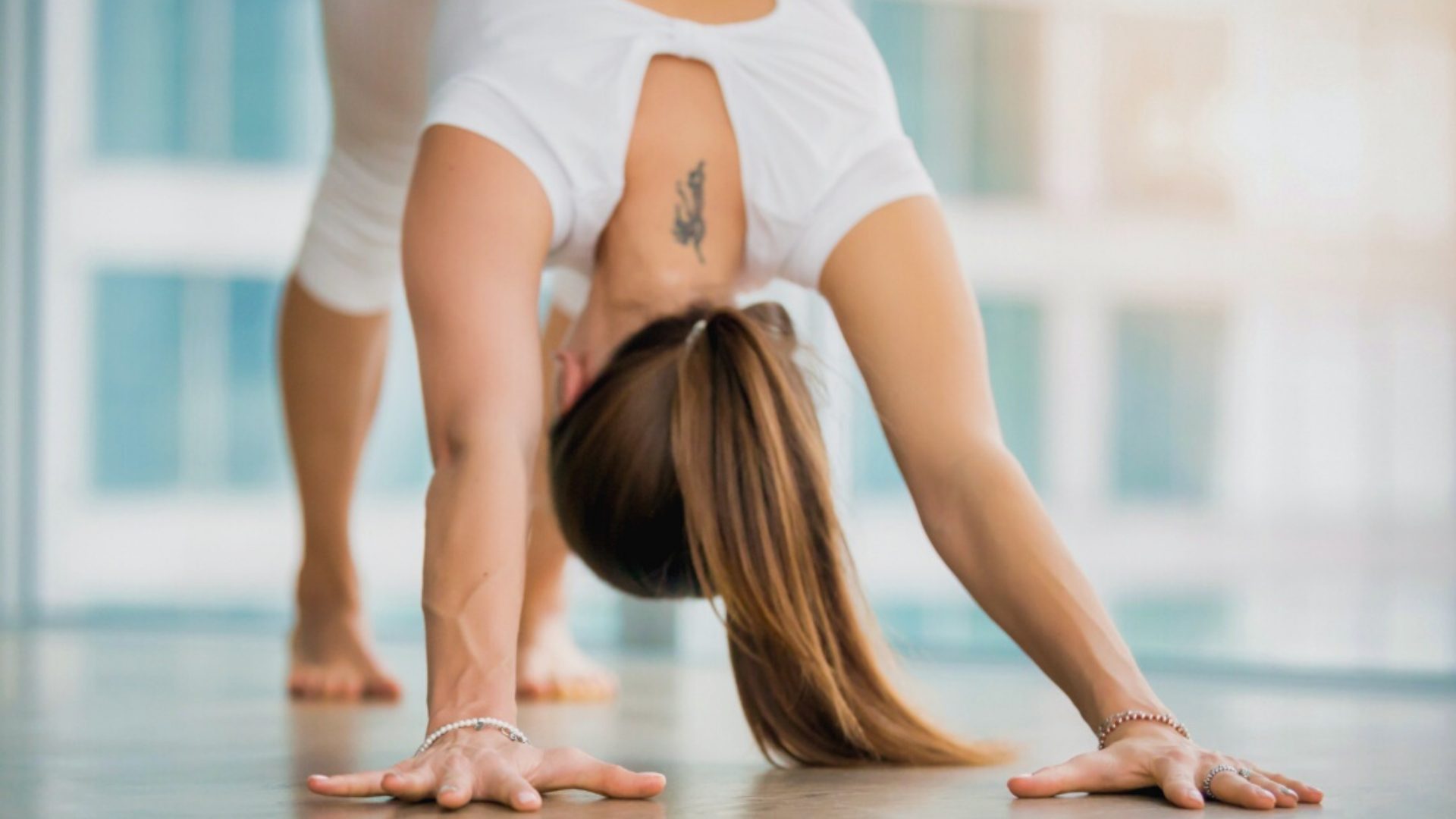Wrist pain is usually blamed on one of three things.
- Repetitive hand movements as in long term use of the keyboard or mouse
- Load injury where the poor old wrist has been bearing too much weight
- An impact injury where something falls on it.
- Arthritis
While the best advice for acute wrist pain is to completely rest your wrists, you may also benefit from doing some simple wrist rotations and stretches to keep the circulation moving. If your pain only occurs in poses where your wrists are bearing weight there ways you can avoid this by substituting similar poses which incidentally may also help to cure the pain.
Lack of Shoulder Strength and Flexibility may be the Problem
Apart from arthritis and the accidental crushing it might get from something unforseen, the wrist is often blamed for something for which it is not really the culprit. In fact many wrist injuries are caused by not enough strength or flexibility in the upper arms and shoulders and so the wrists have to work over-time supporting what should be someone else’s job. This is where the strengthening and stretching of yoga asanas come to the rescue.
Stretch the Shoulders
Include some of the following poses to give the shoulders a great stretch: Cowface Pose (Gomukhasana) to stretch the front of the shoulders, Eagle Pose (Garudasana) to stretch the back of the shoulders and Downward Facing Dog (Adhomukha Svanasana) to stretch under the shoulders.
Strengthen the Shoulders
Just as importantly we need to slot in some strengthening poses for the upper arms and shoulders. Because muscles strengthen when they are working against gravity, the best way of strengthening them is in traditional push up type positions where the arms are bearing most of our weight. If our wrists are weak however we need to find poses which will strengthen the shoulders without putting too much weight into the wrists.
There are a few yoga poses which will do this. Mainly they are poses where we support ourselves on our forearms instead of the hands. My favourites are the forearm planks. The poses not only strengthen the shoulders but also they are ideal for strengthening the core muscles which play a large part in supporting shoulder strength. You can strengthen at your level of difficulty in these poses by choosing whether to leave your knees on the floor or have them up in the full pose. To add to the challenge the one leg can be lifted and to build up into the pose the hips can rest on a block.
Strengthening and releasing tightness in these ways will at the very least give you options to do instead of placing weight into your wrists, they may improve wrist function and even if there is no wrist issues at all they are a great preventative.
By Vrndavan Dasi
Founder and Principal of Veda Yoga Teacher Training
